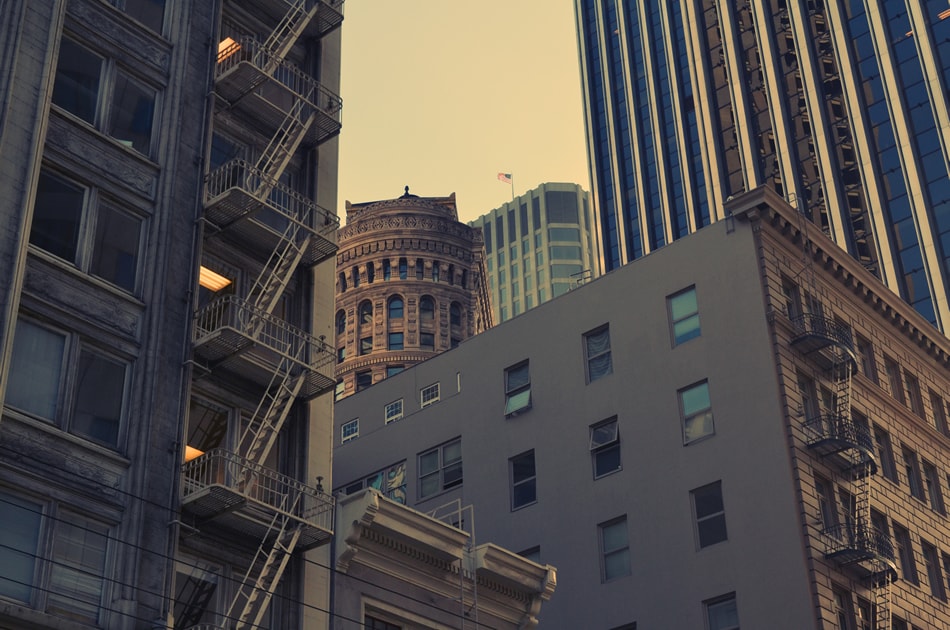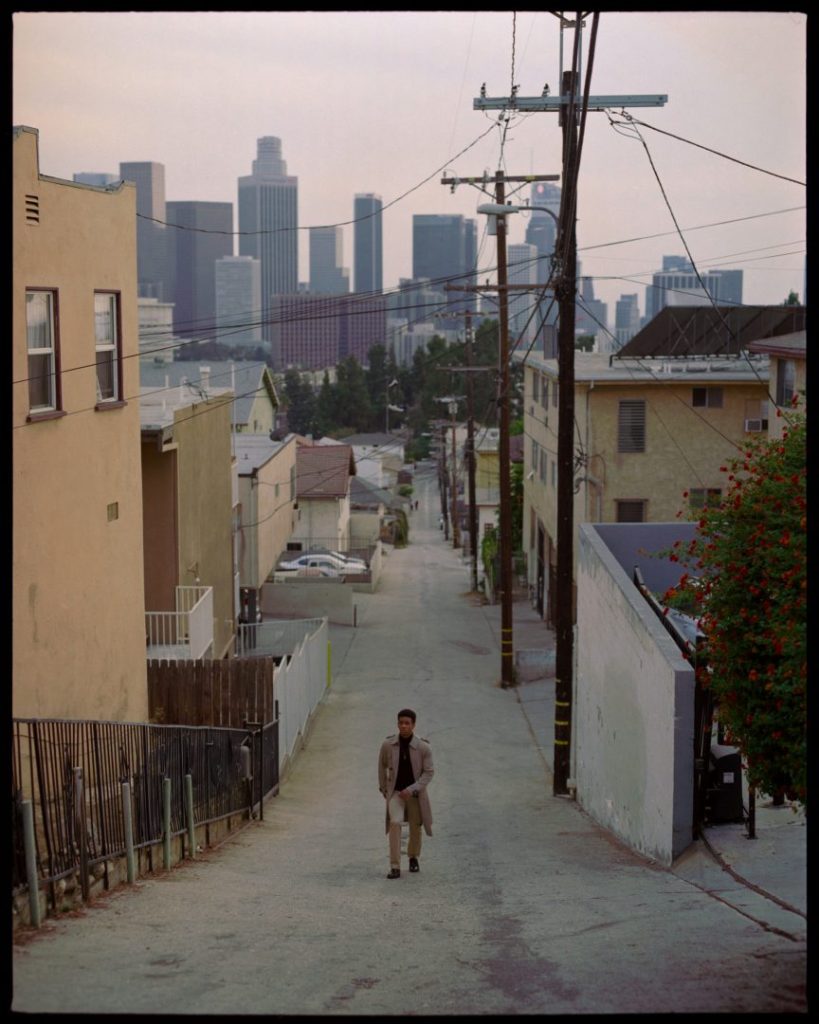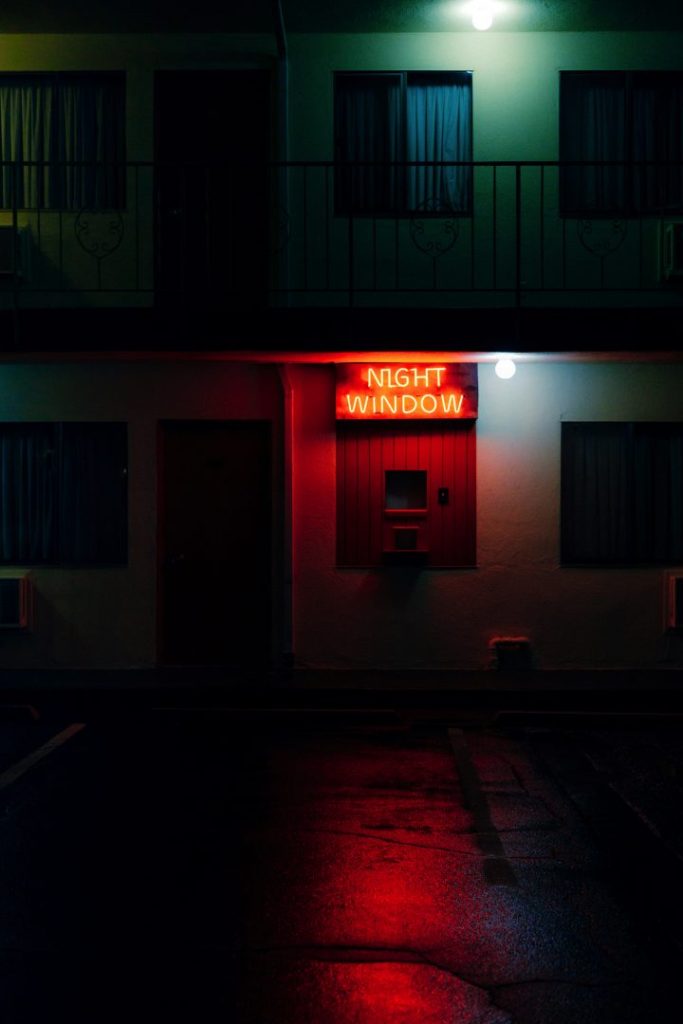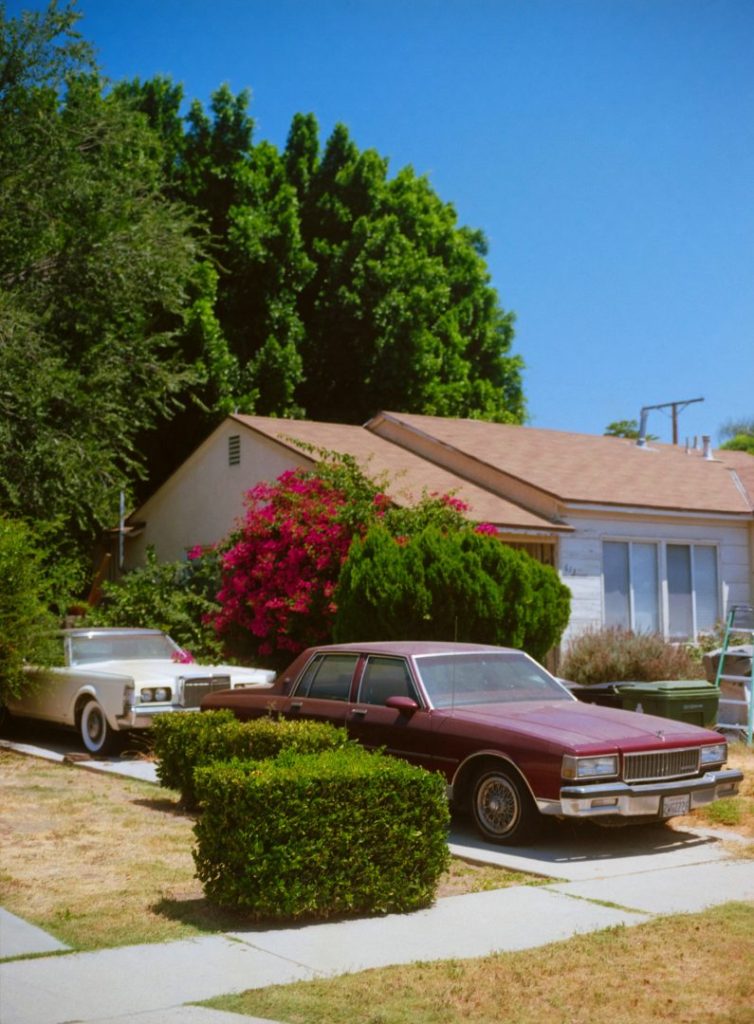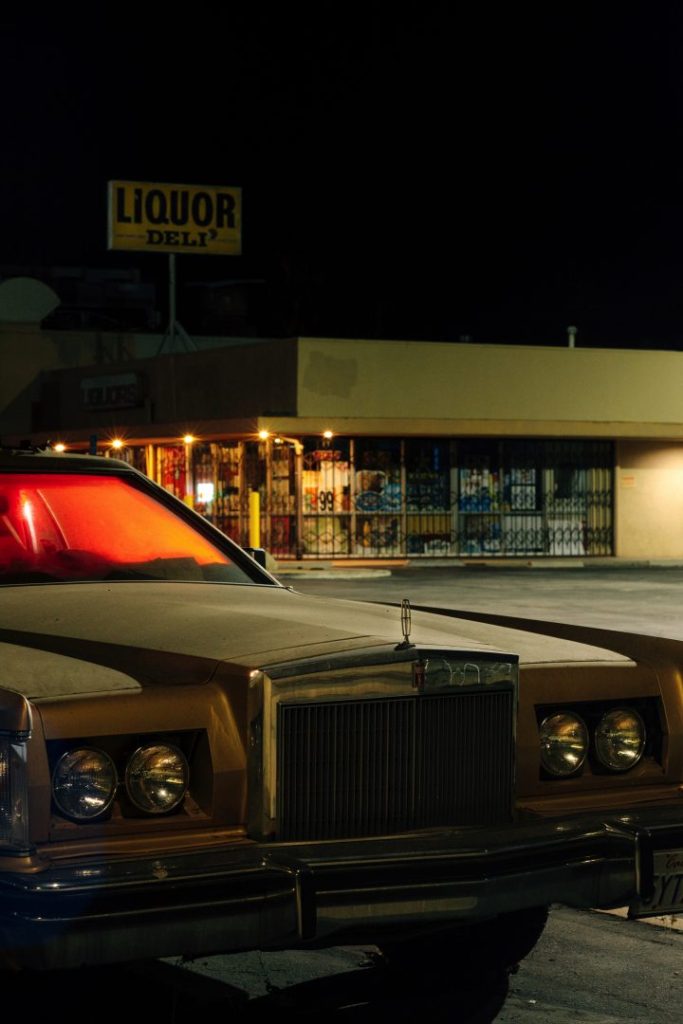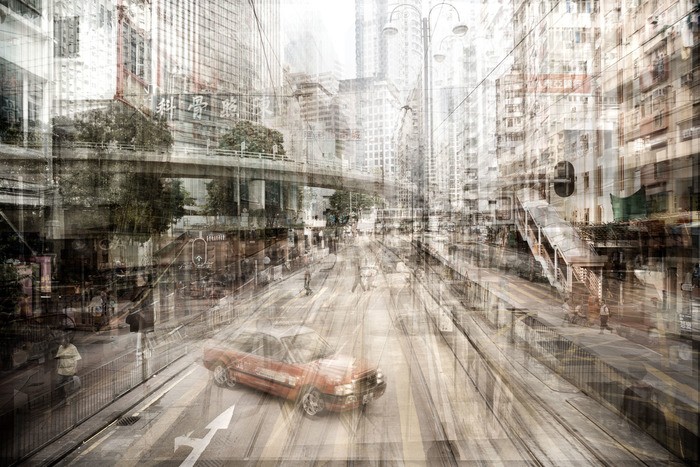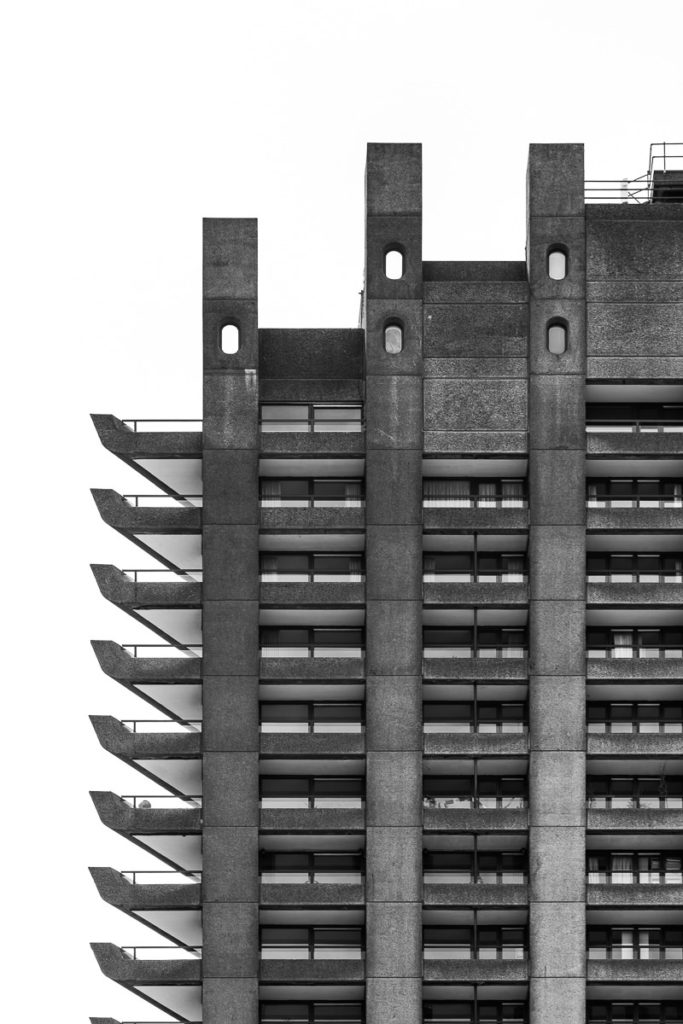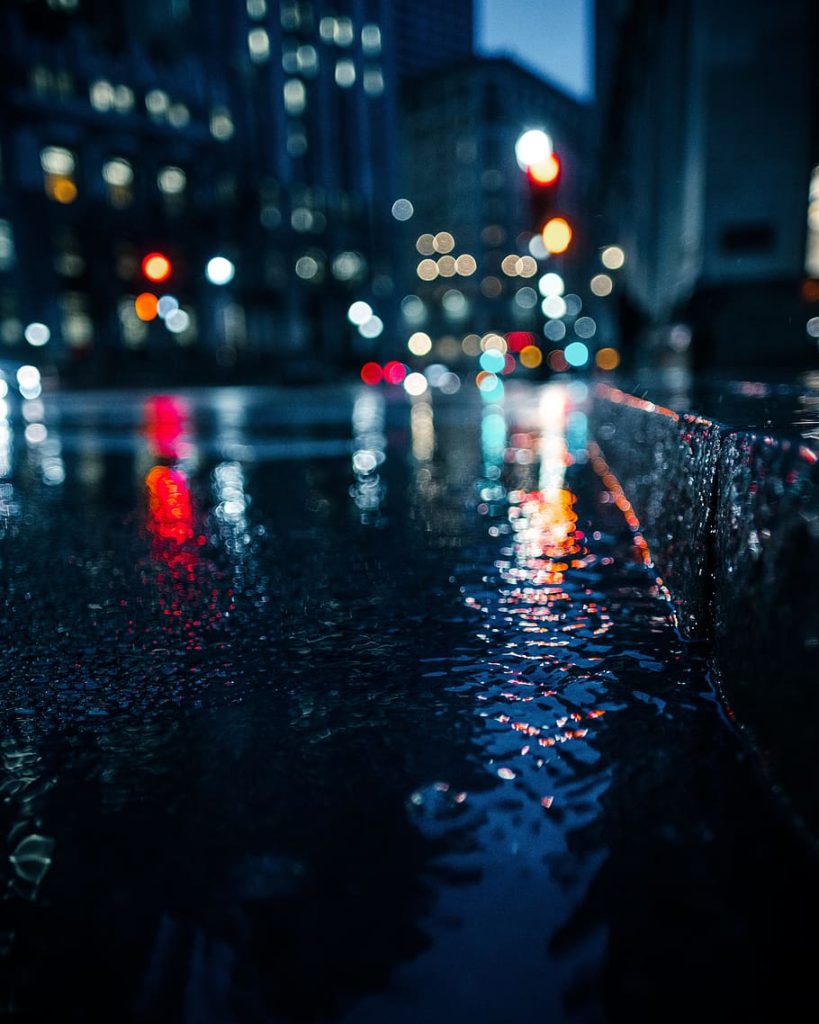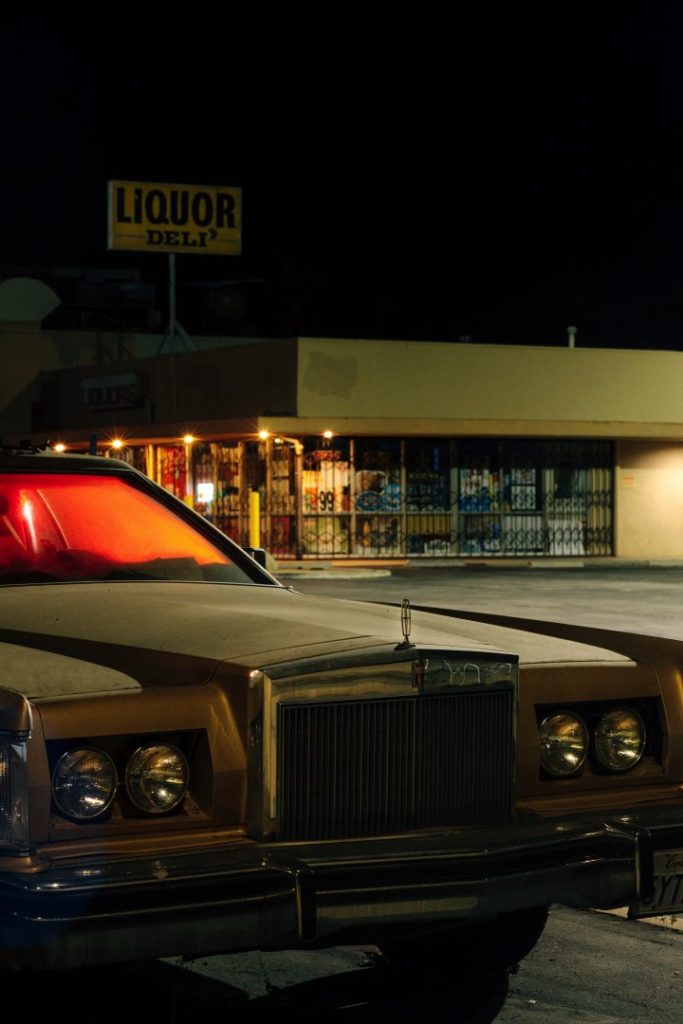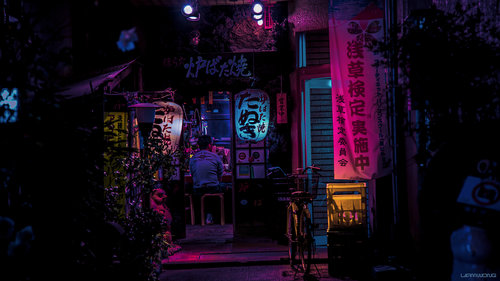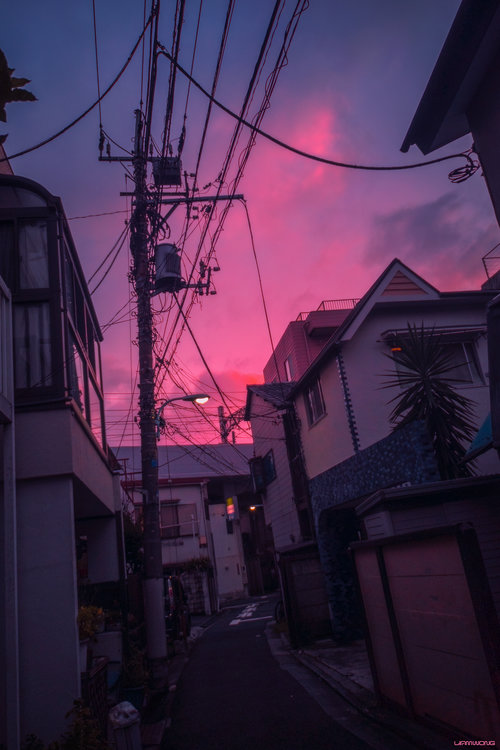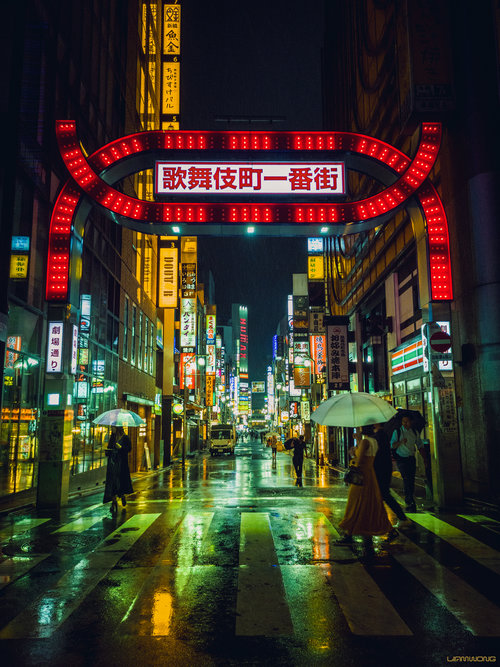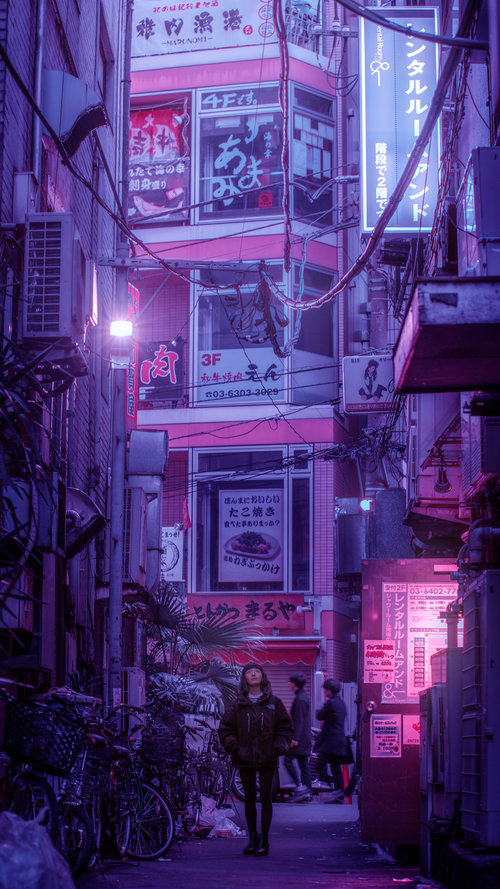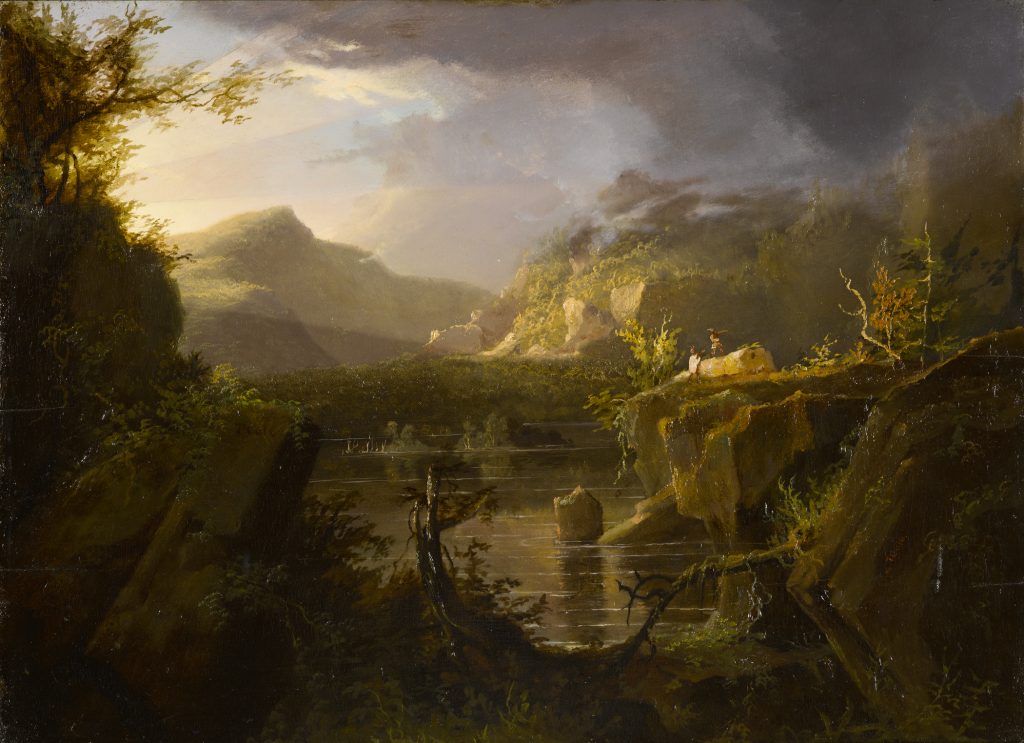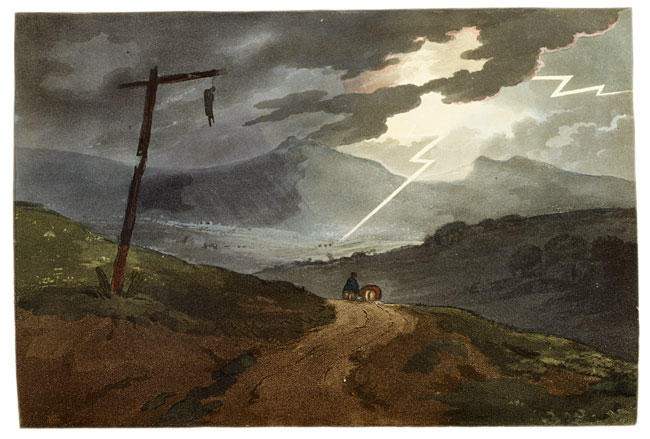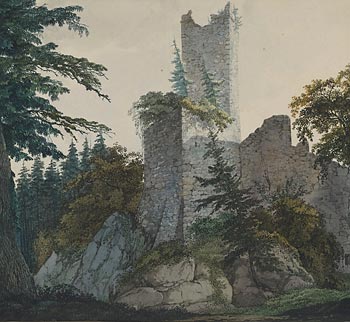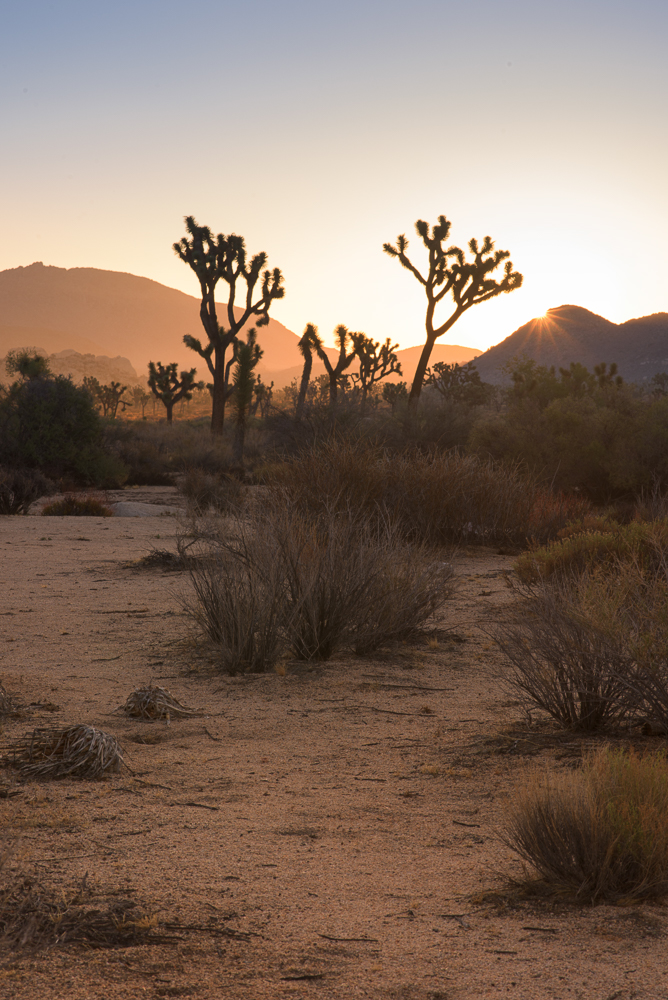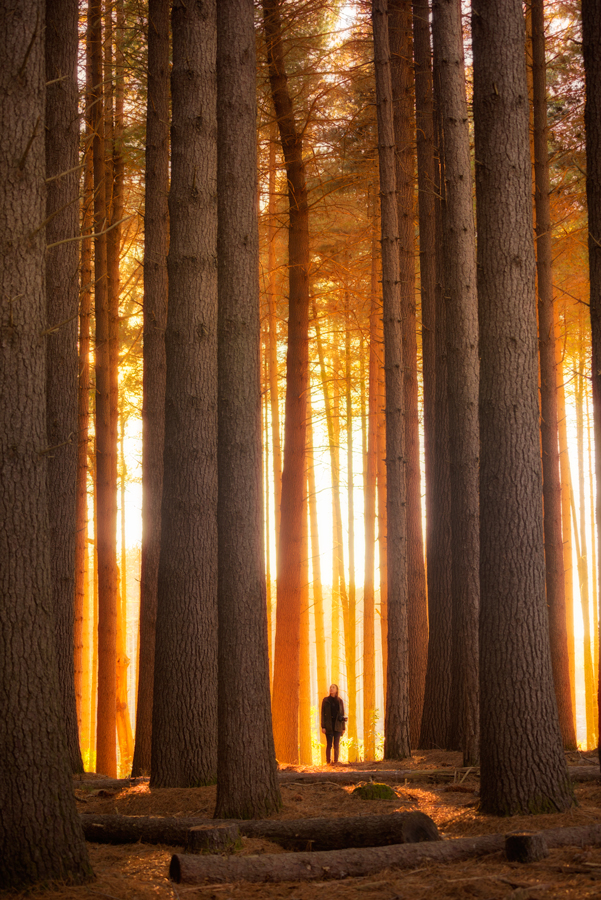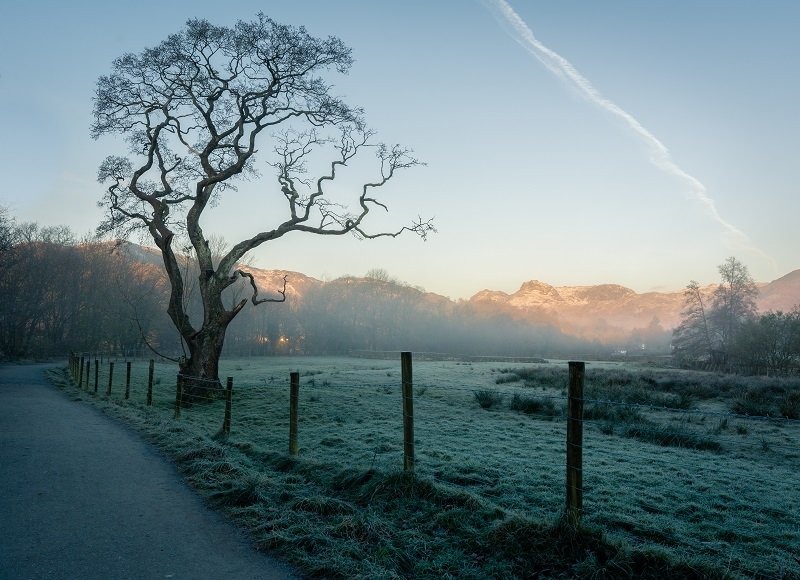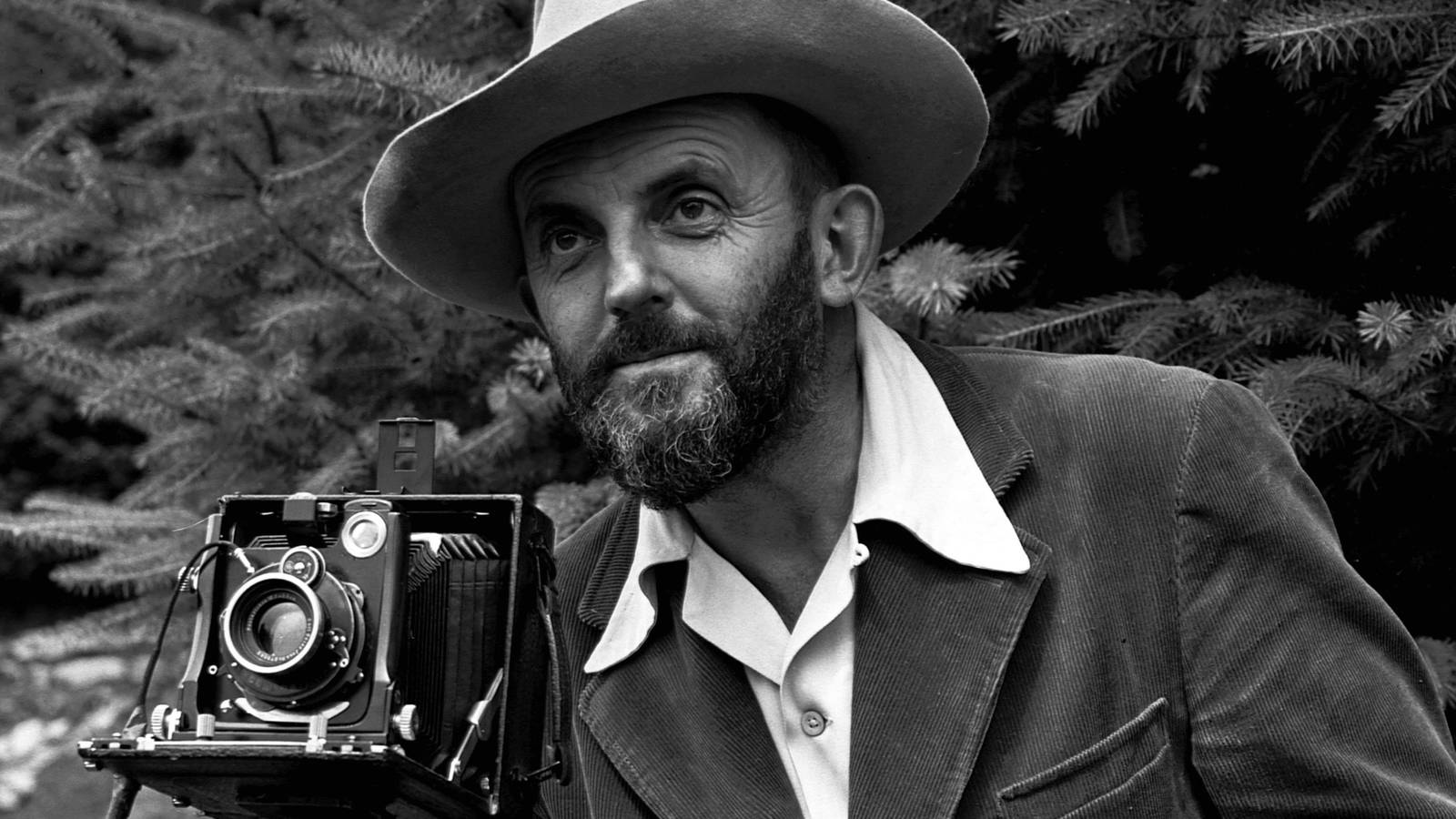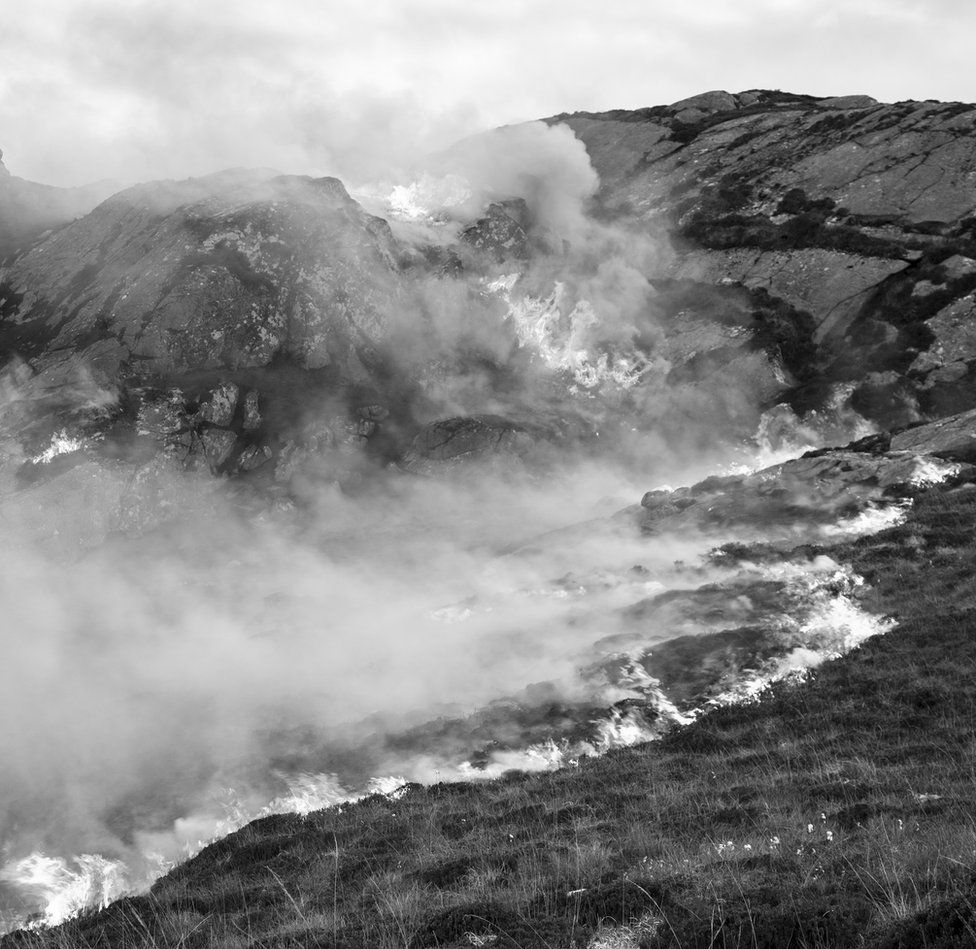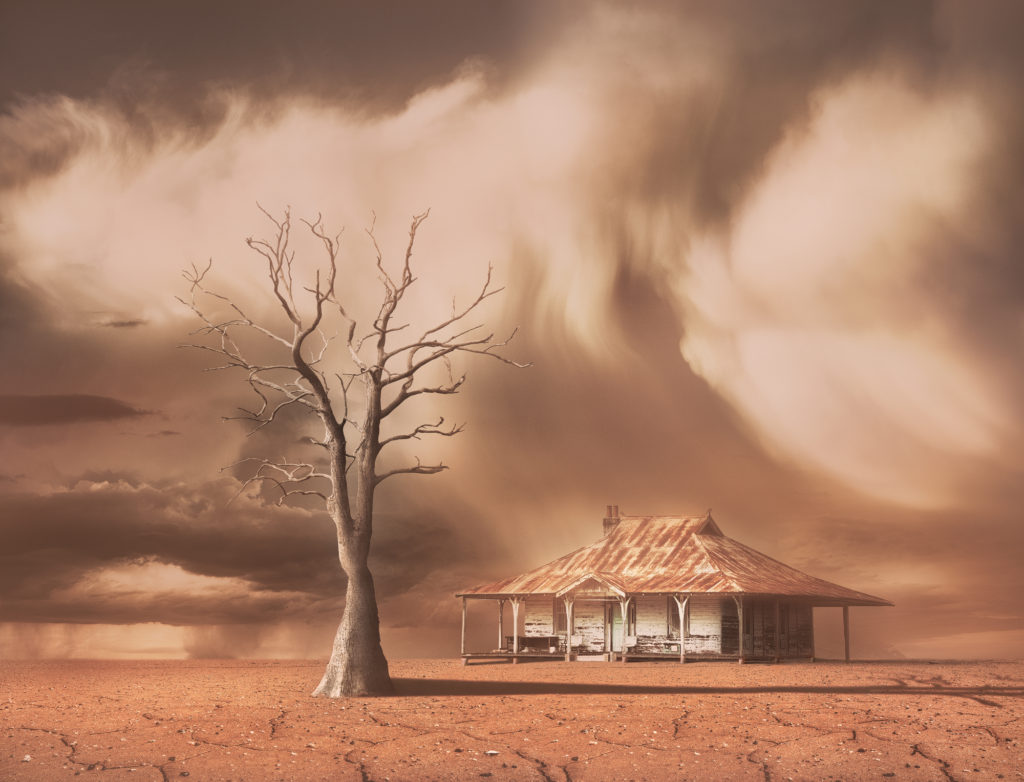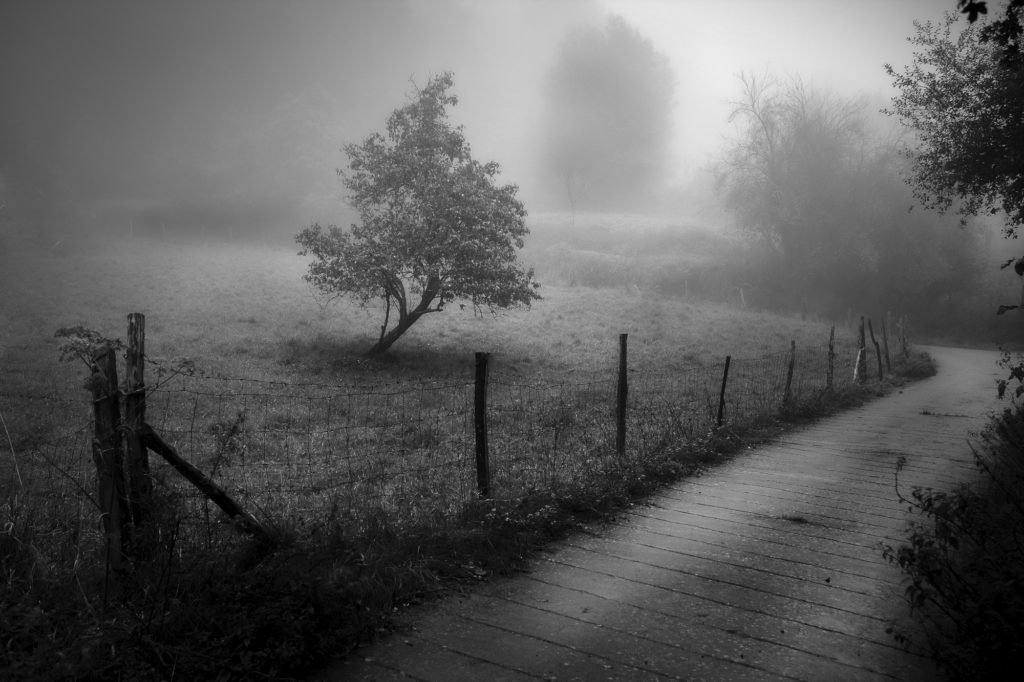URBAN LANDSCAPES
Urban landscapes is a complex structure which is a result of the interaction between human and his environment. It also involves a social dimension and an economic dimension, a cultural dimension and an economic dimension. Urban landscapes are formed and shaped mainly under the influence of human activities.
urban design is concerned with the arrangement , appearance and function of suburbs, towns and cities. It is both a process and an outcome of creating localities in which people live, engage with each other, and engage with physical place around them.
MOOD BOARD

ARTIST RESEARCH
Nick Furo:
Nick Rufo is a 25 year old Los Angeles based digital & film photographer. His work often captures the world with a sense of timelessness that is often contrasted by intense isolationism.
His clients are Adidas, Air Jordan, AT&T, Audi, BONDA SKINS, Dockers, Goldenvoice, Gymshark, Haagen – Dazs, Herschel Supply co, Lifetime, The rap fest, Tubi, red bull, warner music, Zero fatigue
Riccardo Magherini:
‘Magherini takes multiple frames of the same location, and layers them to create unique images that distort the subjects within the picture, and create a sense of movement. Much like Hockney and Picasso, the pieces seek to capture the dynamic nature of the world and how it is never static. Even though the image depicts a building made of stone, a frantic energy is ever present.’
– THE PHOTOGRAPHY PROJECT
Nick miners:
Night photography
Liam Wong
Born and raised in Scotland – within two years of graduating, Wong moved to Canada – becoming the youngest director at Ubisoft, the video game company behind Far Cry and Assassin’s Creed. In parallel with his blossoming career in video games, Wong was teaching himself photography.
In December 2015 he purchased his first DSLR (a Canon 5D III) and his debut photo series: ‘Tokyo Nights (TO:KY:OO)’ – capturing the beauty of night through moments after midnight – inspired by sci-fi, neon-noir, cyberpunk and Japanese animation – gained over a million views worldwide, accumulating a following online and kickstarting his journey into photography. Wong has since collaborated with many high profile companies, artists, musicians and directors. His work has been recognized by media outlets such as BBC, Forbes, Business Insider, Saatchi and Adobe. Full press list available here. In 2019 ‘TO:KY:OO’ became the largest crowdfunded book in the UK. It is available for purchase at: TO:KY:OO. Includes words by game creator Hideo Kojima and visual futurist Syd Mead.
Wong is now freelance and working on unannounced projects across film, video games and photography. Available for collaborations.
A regular public speaker – Wong has spoken at events around the world and is always open for opportunities to share his expertise. Past public speaking events include the British Academy of Film and Television Arts, Game Developers Conference and Canon.






